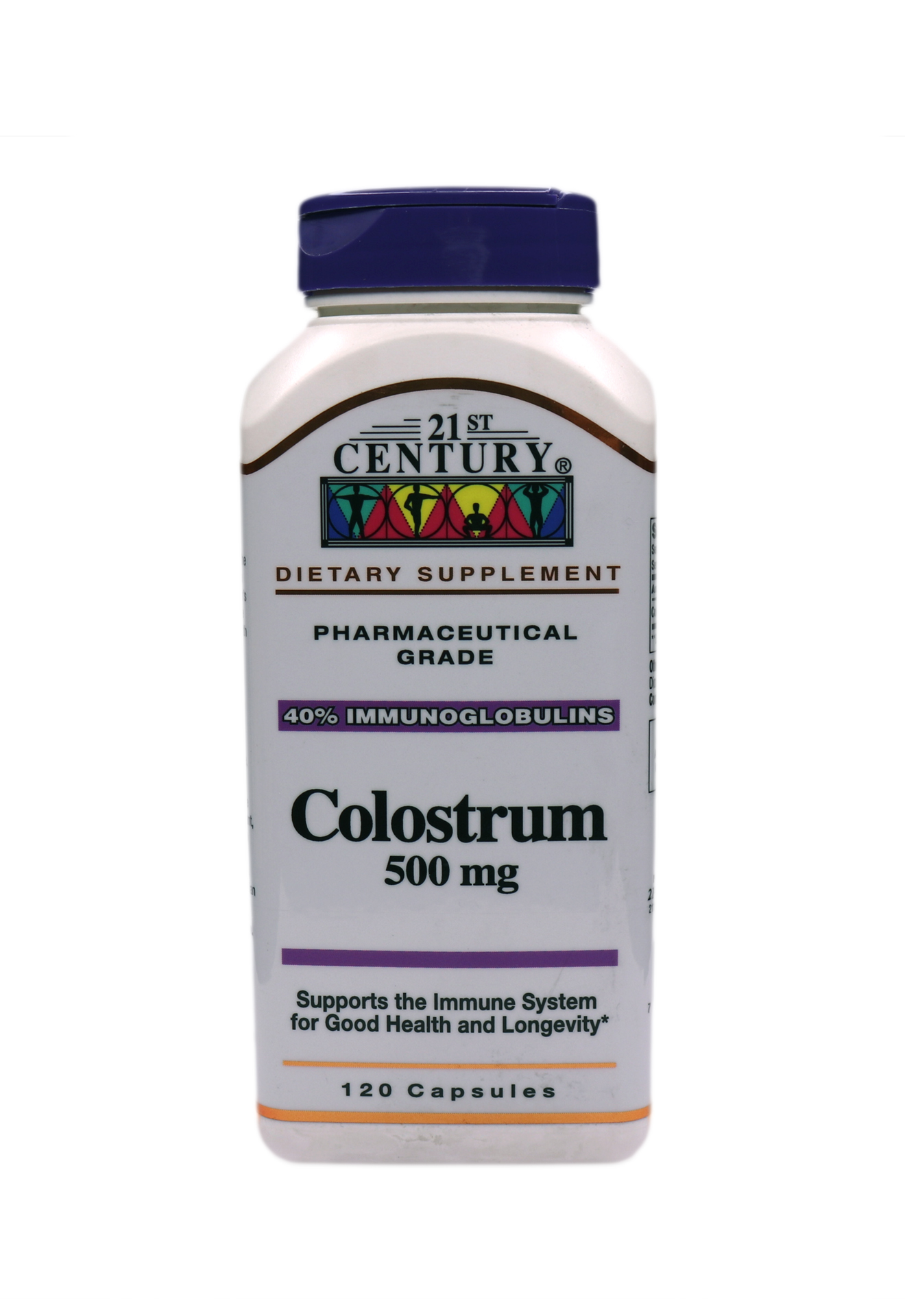
Chelation Therapy Reduces Cardiovascular Events for Older Patientswith Diabetes
For Immediate Release:
Tuesday, November 19, 2013
Chelation treatments reduced cardiovascular events, such as heart attacks, and death in patientswith diabetes but not in those who did not have diabetes, according to analyses of data from theNational Institutes of Health (NIH)-funded Trial to Assess Chelation Therapy (TACT).However, researchers say more studies are needed before its known whether this promisingfinding leads to a treatment option.
Chelation is a chemical process in which a substance is delivered intravenously (through theveins) to bind atoms of metals or minerals, and hold them tightly so that they can be removedfrom the body. Chelation is conventionally used as a treatment for heavy metal (like lead)poisoning, although some people use chelation as an unapproved and unproven treatment forconditions like heart disease.
Chelation therapy is not approved by the U.S. Food and Drug Administration to treat heartdisease. However, use of chelation therapy to treat heart disease and other health problems grewin the United States between 2002 and 2007 by nearly 68 percent to 111,000 people, according tothe 2008 National Health Statistics Report.
The diabetes subgroup analysis of TACT was published today in Circulation: CardiovascularQuality and Outcomes and presented at the American Heart Associations Scientific Sessions2013. TACT is a study supported by NIHs National Center for Complementary and AlternativeMedicine (NCCAM) and National Heart, Lung, and Blood Institute (NHLBI).
TACTs initial report was published in the March 27, 2013, issue of The Journal of the AmericanMedical Association. This previous report showed that infusions of a form of chelation therapyusing disodium ethylene diamine tetra-acetic acid (EDTA) produced a modest but statisticallysignificant reduction in cardiovascular events in all EDTA-treated participants. However, furtherexamination of the data showed that patients with diabetes were significantly impacted bychelation therapy while patients without diabetes were not.
The patients with diabetes, which made up approximately one third of 1,708 participants,demonstrated a 41 percent overall reduction in the risk of any cardiovascular event; a 40 percentreduction in the risk of death from heart disease nonfatal stroke, or nonfatal heart attack; a 52percent reduction in recurrent heart attacks; and a 43 percent reduction in death from any cause. In contrast, there was no significant benefit of EDTA treatment in the subgroup of 1,045 participants who did not have diabetes.
These are striking results that, if supported by future research, could point the way towards new treatments to prevent complications of diabetes, said Gervasio A. Lamas, M.D., the studys principal investigator and chairman of medicine and chief of the Columbia University Division of Cardiology at Mount Sinai Medical Center in Miami Beach.
From 2003 to 2010, 1,708 adults aged 50 and older were enrolled in TACT, of whom 633 had diabetes. Study participants had suffered a heart attack 6 weeks or more before enrollment (on average, the heart attack occurred about 4.5 years earlier). The participants were assigned randomly to receive 40 infusions of disodium EDTA chelation solution or a placebo solution. Patients also were randomly assigned to receive high doses of oral vitamins and minerals or an identical oral placebo. Most participants also took standard medicines for heart attack survivors, such as aspirin, beta blockers, and statins. They were followed for a minimum of 1 year and up to 5 years, with followup ending in October 2011.
TACT was not designed to discover how or why chelation might benefit patients with diabetes.
Although subgroup analyses of clinical trials do not provide definitive answers, they are very useful in identifying future research questions, said Josephine Briggs, M.D., Director of NCCAM. The effects seen in this population are large and very intriguing. This analysis suggests strongly that more research is needed to examine possible benefits of chelation in diabetics and the potential mechanisms.
We share Dr. Briggss interest in these compelling findings, said Michael Lauer, M.D., Director of the NHLBIs Division of Cardiovascular Sciences. Additional studies are needed before we can determine the potential place of EDTA chelation therapy, if any, in the treatment of patients with coronary artery disease and diabetes.
TACT was supported by grants from the NIHs NCCAM (U01AT001156) and NHLBI (U01HL092607).
For more information or to arrange an interview with an NIH spokesperson, please contact the NCCIH Communications Office at 301-496-7790 or nccihpress@mail.nih.gov. To schedule an interview with Dr. Lamas, contact Robert Alonso at 305-674-2600 or Robert.Alonso@msmc.com. Follow Dr. Lamas on Twitter.
About the National Center for Complementary and Integrative Health (NCCIH): NCCIHs mission is to define, through rigorous scientific investigation, the usefulness and safety of complementary and integrative health approaches and their roles in improving health and health care. For additional information, call NCCIHs Clearinghouse toll free at 1-888-644-6226. Follow us on Twitter, Facebook, and YouTube.
Part of the National Institutes of Health, the National Heart, Lung, and Blood Institute (NHLBI) plans, conducts, and supports research related to the causes, prevention, diagnosis, and treatment of heart, blood vessel, lung, and blood diseases; and sleep disorders. The Institute also administers national health education campaigns on women and heart disease, healthy weight for children, and other topics. NHLBI press releases and other materials are available online at www.nhlbi.nih.gov.
About the National Institutes of Health (NIH): NIH, the nations medical research agency, includes 27 Institutes and Centers and is a component of the U.S. Department of Health and Human Services. NIH is the primary federal agency conducting and supporting basic, clinical, and translational medical research, and is investigating the causes, treatments, and cures for both common and rare diseases. For more information about NIH and its programs, visit www.nih.gov.
NIHTurning Discovery Into Health
NIH News
National Institutes of Health, National Center for Complementary and Integrative Health (NCCIH)
Contact
NCCIH Press Office 301-496-7790 nccihpress@mailnih.gov
Search in HICC
Product Categories
Recent Reviews
-
 21st Century Colostrum 500mg 120caps
Rated 5 out of 5by admin
21st Century Colostrum 500mg 120caps
Rated 5 out of 5by admin
